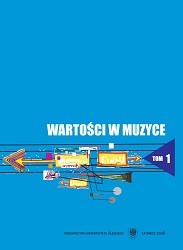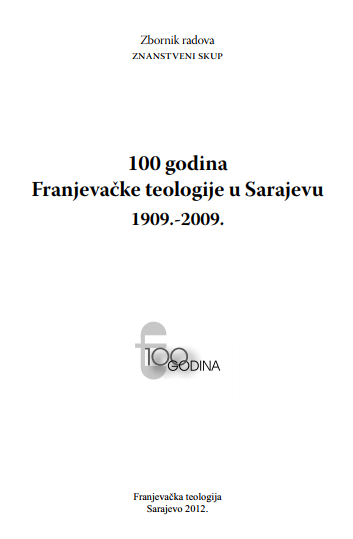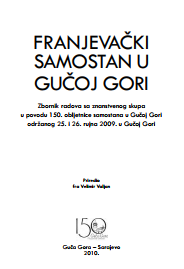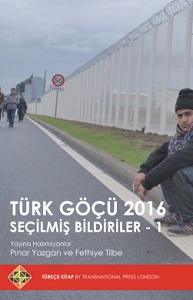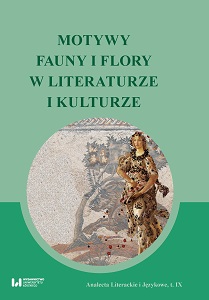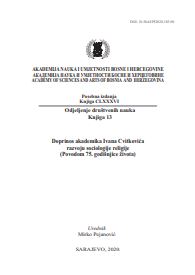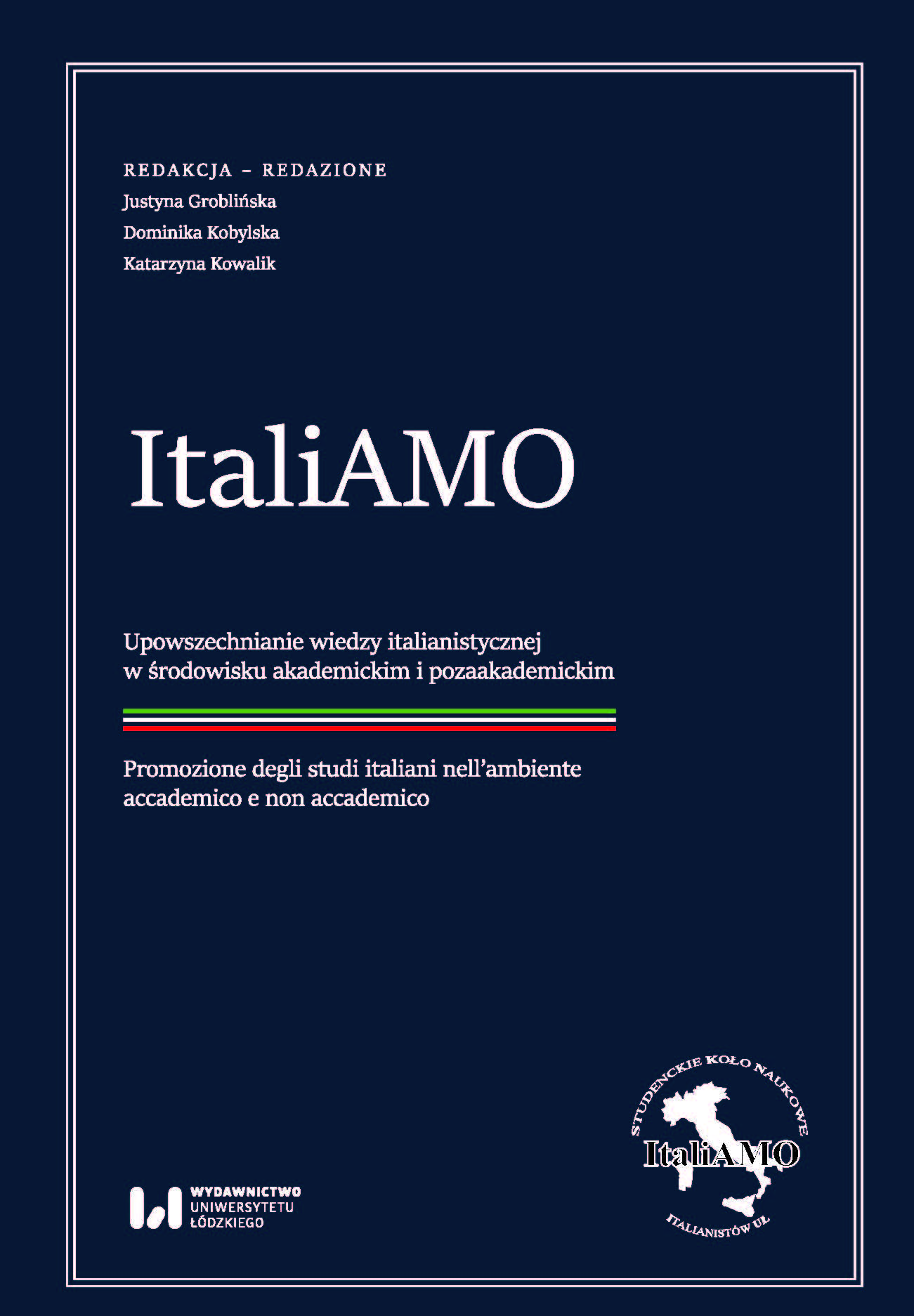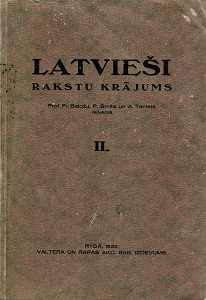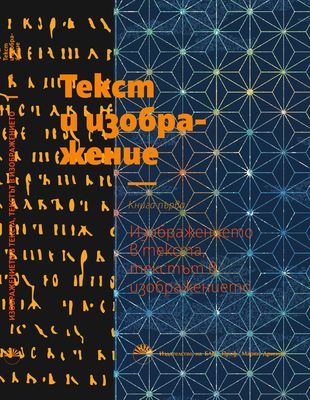Author(s): / Language(s): Bosnian,Croatian
Nakon pada Bosne pod otomansku vlast (1463) razrušeni su, spaljeni i napušteni mnogi samostani u Bosni. Jedan od njih je i Lašvanski samostan, koji se nalazio, prema izvješćima bosanskih apostolskih vikara o pohodima Lašvanskoj župi, na Guvnima, naselju današnje dolačke župe. Ne znamo ni koliko je bilo braće u njemu kad je krajem 15. stoljeća stradao ni kamo su nakon njegova stradanja otišli. U nekim šematizmima provincije Bosne Srebrene piše da su odmah nakon toga prešli u Guču Goru. Makar sjedište vjerskog i franjevačkog života u Gučoj Gori, i to za čitavu Lašvansku dolinu, sezalo tako daleko u povijest, ipak je godina 2009. jubilarna - stopedeseta godina od njegova osnutka i postojanja u pravnom smislu. Sve do tada je ondje bila kuća, kasnije franjevačka rezidencija, u kojoj su boravili franjevci odakle bi odlazili obavljati pastoralnu službu po čitavoj Lašvanskoj dolini, pa i šire. Uz dopuštenje crkvenih vlasti, general Reda Manje Braće, dekretom od 30. svibnja 1859., proglašava samostan u Gučoj Gori. Sagradio ga je biskup fra Marijan Šunjić, rodom iz Bučića, jedan od najobrazovanijih ljudi svoga vremena. Organizatori za obilježavanje stopedesete obljetnice samostana odlučili su tim povodom održati znanstveni skup i izdati malu monografiju o samostanu. Znanstveni skup je održan 25. i 26. rujna 2009. godine, a monografija je ugledala svjetlo dana nekoliko dana prije održavanja znanstvenog skupa. U životu svakog naroda važno mjesto zauzima kulturno-povijesno naslijeđe kao dokaz stvaralaštva i životne snage naših predaka, kao simbol duha i pobjede čovjeka koji je ostavio znakove svoga postojanja. Stara je i mudra izreka koja se pripisuje fra Filipu Lastriću: “Pročitao sam kako je neki ozbiljan povjesničar rekao da je za svakoga čovjeka sramota ako ne pozna kraja u kojem boravi, ako ne zna kako je u njega došao i od kojih je pređa potekao”. A fra Ljubo Hrgić piše u svom Dnevniku: “Dane i noći hodao bih pokraj Lašve i gubio se u šumama. Tražio bih po grobljima starim, tražio bih staru dušu Bosne, drevnu tišinu. Možda je sav mistični čar moje zemlje u njenoj vjekovnoj tišini”. Koliko je Bosna i Hercegovina bila “svoja” svjedoče i samostan i crkva u Gučoj Gori. Ne samo što su ondje bili odgojni zavodi provincije Bosne Srebrene, nego se u njemu nalazila i pučka škola; ne samo što su franjevci Guče Gore vodili važne kulturne i poljoprivredne ustanove već su u njemu omladinska društva nalazila svoje prostorije. Selo Guča Gora nalazi se na 11. kilometru od Travnika i devetom od naselja Doca na Lašvi. Pogled iznad sela penje se prema sivom golom brdu Humu, te Carinama, stijenama koje kao da podupiru jedan plato, borovom šumom obrastao. A dolje, s druge strane prema jugu, vrletna se konfiguracija tla blago spušta prema dolini, praćena njivama, livadama i šumom. Ondje se nalazi prelijepa građevina, kao arhitektonski dragulj, s netaknutom i neunakaženom prirodom s kojom se teško može usporediti koji drugi krajolik. Sam je objekt bio prepušten igri povijesti, čiji su vjetrovi divlje trgali bosanski mir i idilu. Međutim, samostan se uvijek ponovno kao iz pepela dizao i fratri su u njemu započinjali novi život. Tako to traje već 150 godina od njegova proglašenja, a od davne 1706., dakle više od 300 godina, kada se prvi puta spominje, kao sjedište stare Lašvanske župe. Radovi sa simpozija u povodu stopedesete obljetnice postojanja samostana u Gučoj Gori pružaju čitatelju mogućnost upoznavanja s povijesnim zbivanjima, nekad dramatičnim i sudbonosnim, tijekom ne tako lake, ali ipak poštovanja vrijedne prošlosti samostana; također upoznavanja života kako običnih ljudi i istaknutih pojedinaca tako i povijesnih i kulturnih spomenika lašvanskog kraja.. Iznoseći mnoštvo povijesnih podataka i zanimljivih zgoda i nezgoda iz burne prošlosti i iz svakodnevnog života ljudi, autori svojim radovima skidaju prašinu s temelja iz kojih je nikao gučogorski samostan, ali i pročišćavaju izvore na kojima se snagom napajaju ljudi koji vole i samostan i svoj zavičaj. U tim radovima izlaze na vidjelo heroji, znameniti pojedinci, koji su ostali nepokolebivi u vjernosti Bogu, svome narodu i svojoj državi čak i onda kad je to, ljudski gledano, bilo nemoguće; ali izdvajaju i antiheroje, koji su, posebno u otomansko vrijeme, gušili život i rušili sve što drugačije od njih misli, govori i vjeruje. U odabiru autora i radova za jedan simpozij postoji opasnost da ostane po strani nešto što je važno. Radovi sa simpozija su upravo zbog toga poziv čitatelju na traženje i čitanje literature, izvještaja i kronika o svemu što je vezano za gučogorski samostan i njegovu povijest. U tom su smislu poticajne riječi fra Jake Baltića, graditelja samostana i velikog ljetopisca: “Svakomu čoviku, koji iole ima prosvete, milo je čitati i znati povijest svojih starih. Kakvi su naši stari bili? Što se s njima zbilo? Kako su se u događajim vladali? Kad bi se tako što napisano našlo od naših starih, prije šest stotina godina barem, ako ne starije, to bi vridilo prema dragom kamenju. Jer događaje i dila svojih starih pred očima imati, mogo bi se čovik okoristiti u svom življenju. Mudrih je ljudi izreka: ‘Nauči se na primjeru mnogih, što treba nasljedovati, a što izbjegavati’. Neka ti učitelj bude tuđi život’”.
More...
